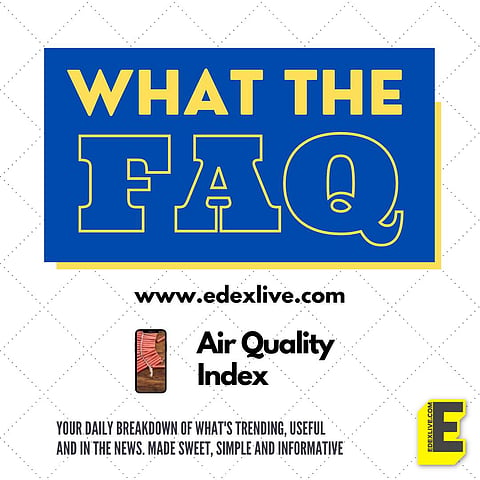

Year after year, India's Air Quality Index (AQI) has been deteriorating after Diwali due to ever-increasing use of firecrackers — the festival of lights brings about a dark, smoggy morning where thousands are left suffocating. There have been efforts made by several state governments to curb this menace, but people always manage to burst it all the way.
What is AQI and why is it important?
It is exactly what it sounds like, the Air Quality Index is used to measure air quality and monitor pollution levels. According to the Central Pollution Control Board (CPCB), AQI translates complex air pollutants data into a single number, nomenclature and colour-coded range. It is simple really, there are six categories in total — Good (0-50), Satisfactory (51-100), Moderately Polluted (101-200), Poor (201-300), Very Poor (301-400), Severe or Hazardous (401-500).
How bad is the firecracker menace?
It is poor or very poor almost every year as Diwali nears and on the day of the festival, and the morning after, it reaches its crescendo at severe or hazardous levels where it becomes difficult to breathe. While the problem is extreme in North India, it also persists in other parts of the country. But, as against the predicted heavy pollution on Diwali night, Mumbai witnessed a moderate AQI of around 149-165. According to the System of Air Quality and Weather Forecasting And Research forecast, the pollution levels will rise in Mumbai to “very poor” category on Friday.
What is being done to curb this?
Every time there is a talk of banning firecrackers, there are mixed reactions. There are heavy religious sentiments attached to bursting of firecrackers and it is probably because of this that blanket bans are failing to be effective. For instance, the Delhi government imposed a complete ban on the sale and usage of firecrackers this Diwali. It didn't work.
What happened in Delhi?
Delhi and the surrounding areas remained wrapped in a smog on late November 4 and early November 5 as people continued to burst firecrackers despite the ban. According to news agency PTI, the city’s air quality index became severe on the 4th as low temperature and wind speed allowed pollutants to accumulate. The neighbouring cities of Faridabad (424), Ghaziabad (442), Gurgaon (423) and Noida (431) also recorded “severe” air quality with cracker bursting peaking after 9 pm. A 2020 report by Swiss organisation IQAir found 22 of the world’s 30 most polluted cities were in India, with Delhi ranked the most polluted capital globally. The same year, the Lancet said 1.67 million deaths were attributable to air pollution in India in 2019, including almost 17,500 in the capital. Ironically, the ban on firecrackers has been imposed till January, 2022, as per the Delhi Pollution Control Committee.
What about other states?
Most states issued guidelines and ran awareness campaigns, some went on to encourage the use of "green" (relatively less harmful) firecrackers and banned the more harmful ones. Tamil Nadu banned the manufacturing of firecrackers containing barium salt and the ‘Saravedi’ kind have been banned in Tamil Nadu this Diwali.
